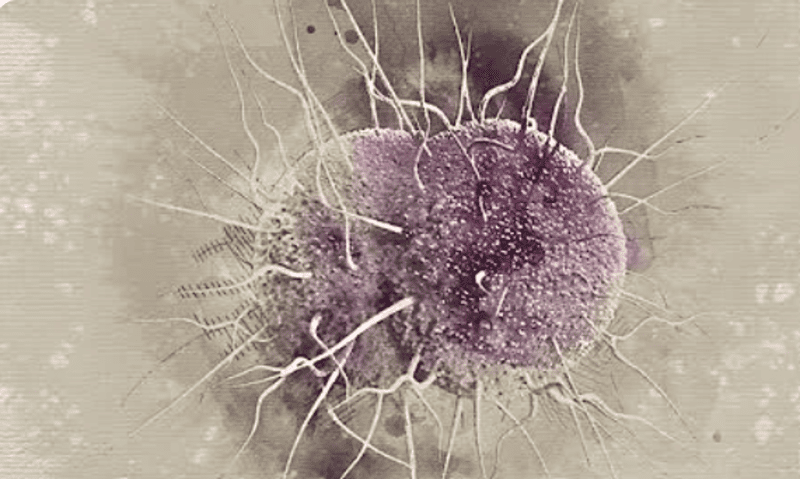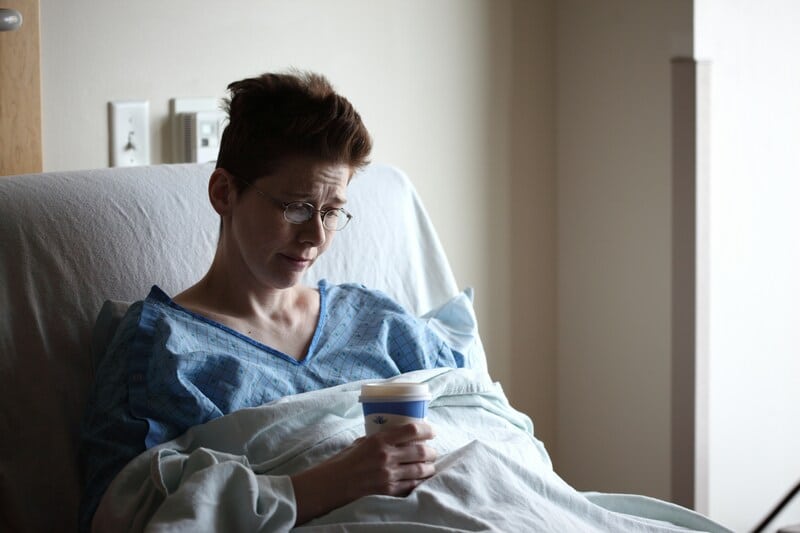Gonorrhea is a common sexually transmitted infection (STI) caused by the bacterium Neisseria gonorrhoeae. It is an infection that is mostly found among young, sexually active individuals. Left untreated, gonorrhea can lead to serious health complications in men and women. It has been proven to affect fertility, as it can damage the reproductive organs. This article will focus on this infection’s risks, symptoms, and treatments. Understanding these is key to preventing and managing this common condition.
Risks Associated With Gonorrhea
Gonorrhea is primarily transmitted through sexual contact with an infected person. The bacteria can affect the membranes of the reproductive tract, rectum, throat, and even eyes. In rare scenarios, mothers can pass this infection to their babies during childbirth. Here are some of the key risk factors for contracting gonorrhea.
- Unprotected Sex and Multiple Sexual Partners: Engaging in sexual activities without using protection like condoms or dental dams will increase your risk of contracting infection. In addition, having multiple sexual partners can raise your likelihood of getting exposed to gonorrhea.
- History of STIs: If you’ve previously contracted gonorrhea or other STIs, you are at risk of getting the infection.
- Age and Gender: Anyone who is sexually active can contract the STI. However, young adults, particularly women under the age of 25, are at a higher risk.
- Inconsistent Testing: Not getting tested regularly, especially when engaging in risky sexual behaviors, increases the possibility of an undiagnosed infection.
Symptoms of Gonorrhea
Many people, especially women, may not experience any symptoms, contributing to its spread. However, when these symptoms occur, they present differently in men and women. Let’s look at some of the major symptoms in men.
- Painful Urination: Men with this STI would usually feel a burning sensation when urinating.
- Discharge: Another major symptom of gonorrhea in men is white, yellow, or green discharge from the penis.
- Swollen or Painful Testicles: This infection can sometimes lead to epididymitis, a painful condition involving inflammation of the testicles.
In women, the symptoms are quite different. They include:
- Pelvic Pain: Women with gonorrhea usually experience pain in the lower abdomen or pelvis. This may also occur during urination or sexual intercourse.
- Unusual Vaginal Discharge: This STI can cause an increase in vaginal discharge that may be green or yellow.
- Bleeding Between Periods: Women may experience bleeding between menstrual cycles, known as spotting.
- Painful Urination: Like men, women may also feel a burning sensation when urinating.
If left untreated in women, gonorrhea can cause Pelvic Inflammatory Disease (PID). This is a serious infection of the reproductive organs that can cause long-term pelvic pain, infertility, or ectopic pregnancy.
Besides the reproductive organs, gonorrhea can also affect parts of the body, like the rectum and throat. Men and women who have engaged in anal sex and contracted this infection may experience discomfort, itching, and even rectal bleeding. Also, if gotten through oral sex, this STI can cause persistent sore throat. It can also cause swollen lymph nodes, eye pain, and septic arthritis.
Treatments for Gonorrhea
Gonorrhea is caused by bacteria and, as such, requires antibiotic treatment. Your healthcare provider will prescribe a single dose of injectable antibiotic, usually ceftriaxone. This is usually combined with an oral dose of doxycycline or azithromycin. Sadly, there has been an increase in the emergence of antibiotic-resistant strains of gonorrhea. Health authorities closely monitor resistance patterns to ensure effective treatment options remain available.
Meanwhile, it is important to note that stopping antibiotics halfway isn’t advisable. Ensure to finish your prescribed medication, even if you feel better after a few days. Failure to do this could lead to the bacteria strain becoming resistant to the medication.
Prevention of Gonorrhea
Preventing this STI begins with practicing safe sex and being proactive about sexual health. The importance of using condoms or dental dams during sex cannot be overemphasized. In addition, individuals should get regular screenings and limit sexual partners. Most importantly, if you’re diagnosed with the infection, ensure to inform your sexual partners. They should get tested and treated if they contract the STI.
Conclusion
Gonorrhea is a serious but treatable STI. While it often showcases mild to zero symptoms, the consequences of leaving it untreated can be severe. Early detection, appropriate treatment, and preventive measures are key to managing it effectively. With the rise in antibiotic-resistant strains, it is important to stay updated about changes in treatment. Most importantly, always practice safe sex.
Disclaimer: This article is intended simply to provide information. It does not replace the medical advice of a physician. Please speak with your doctor if you have any questions or concerns.




